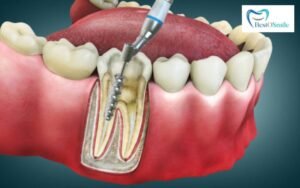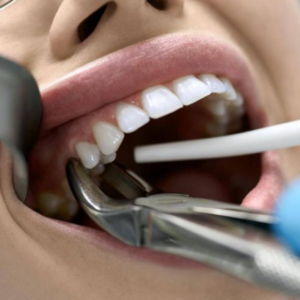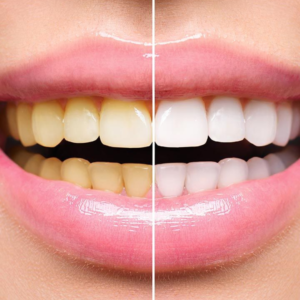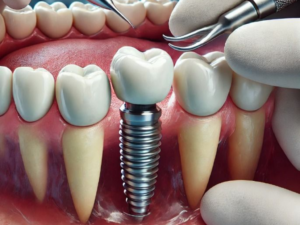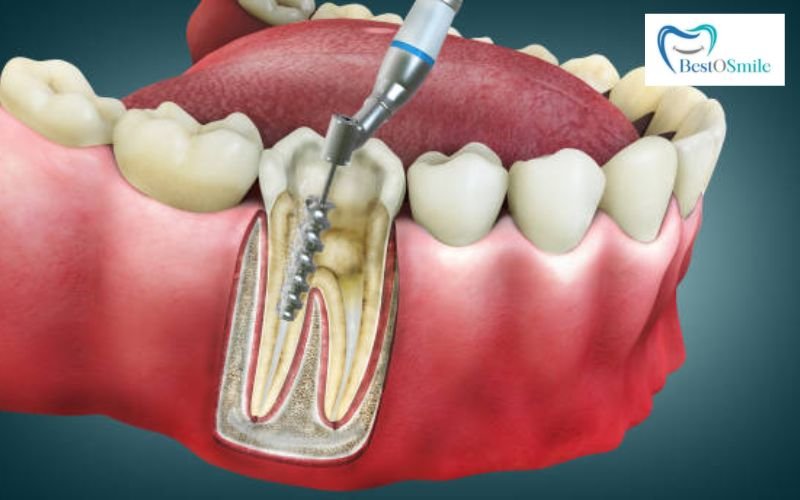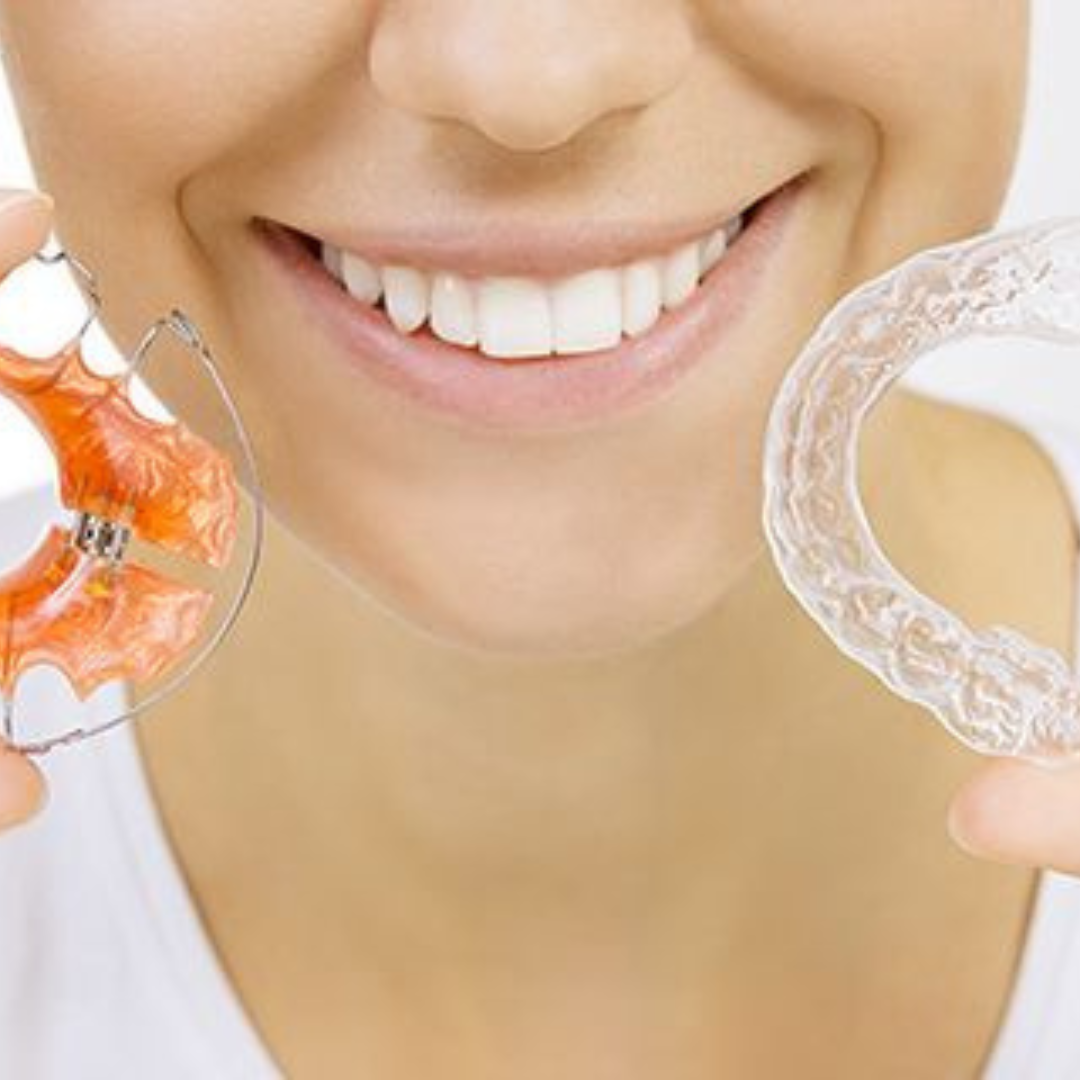A smile is one of the most expressive features of your face, often influencing first impressions and self-confidence. Smile designing is a personalized approach to enhancing the aesthetics and functionality of your smile, combining art and advanced dental science. This comprehensive guide provides insights into the smile designing process, its benefits, and what patients can expect.
What Is Smile Designing?
Smile designing refers to a customized treatment plan that improves the appearance of a person’s teeth, gums, and overall smile. It involves a combination of cosmetic and restorative dental procedures tailored to meet individual needs. Common issues addressed include:
- Discolored or stained teeth.
- Crooked, chipped, or misshapen teeth.
- Gaps between teeth.
- Uneven gum lines.
Advanced technologies like digital smile design and 3D imaging are often used to visualize and plan the transformation.
Benefits of Smile Designing
Smile designing offers numerous advantages beyond aesthetics:
- Enhanced Confidence: A well-designed smile boosts self-esteem.
- Improved Oral Functionality: Treatments like alignment correction improve biting and chewing.
- Customized Solutions: Every treatment is tailored to fit the patient’s facial structure and preferences.
- Durable Results: With proper care, smile enhancements can last for years.
- Comprehensive Care: Combines multiple dental disciplines, ensuring holistic oral health.
Who Can Benefit from Smile Designing?
Smile designing is ideal for individuals who:
- Are dissatisfied with their smile’s appearance.
- Have dental issues such as discoloration, misalignment, or gaps.
- Require functional improvements due to damaged or missing teeth.
- Seek a confidence boost for personal or professional reasons.
If you’re unsure about your candidacy, consult a dentist for an evaluation using tools like digital smile design.
Common Procedures in Smile Designing
Smile designing typically involves one or more of the following treatments:
- Teeth Whitening
Professional teeth whitening removes stains and brightens teeth, creating a more youthful appearance.
- Dental Veneers
Veneers are thin shells of porcelain or composite material bonded to the front of teeth to correct shape, size, or color.
- Orthodontics
Options like braces or clear aligners correct misaligned teeth for a straighter smile.
- Gum Contouring
Also known as gum reshaping, this procedure improves the symmetry of the gum line.
- Dental Implants and Bridges
These restorative solutions address missing teeth, completing your smile and enhancing oral functionality.
- Tooth Bonding
Bonding uses tooth-colored resin to repair chips, cracks, or gaps in teeth.
The Smile Designing Process
The journey to a perfect smile involves several steps:
- Initial Consultation
Your dentist will discuss your concerns, expectations, and medical history. Diagnostic tools like X-rays or 3D imaging may be used to assess your oral health.
- Treatment Planning
Using technologies such as digital smile design, a customized treatment plan is created to align with your goals.
- Mock-Up and Preview
Digital simulations or temporary mock-ups give you a glimpse of your future smile, allowing adjustments before treatment begins.
- Procedure Execution
Depending on the plan, procedures are carried out over multiple visits to achieve desired results.
- Final Review and Aftercare
Once completed, your dentist will provide guidelines for maintaining your new smile.
Aftercare Tips for a Lasting Smile
To ensure long-lasting results:
- Practice Good Oral Hygiene: Brush twice daily and floss regularly.
- Attend Regular Check-Ups: Routine visits help monitor oral health and address any issues early.
- Avoid Staining Foods and Drinks: Limit consumption of coffee, tea, and tobacco products.
- Use a Mouthguard: Protect your teeth during sports or if you grind them while sleeping.
Potential Risks and Considerations
Although smile designing is generally safe, there are some considerations:
- Temporary sensitivity or discomfort may occur after certain procedures.
- Treatments like veneers or implants are irreversible, requiring careful decision-making.
- Costs vary based on the complexity of the plan and materials used.
These risks are minimal and can be managed with proper care and a skilled dentist.
Costs of Smile Designing
The cost of smile designing depends on:
- The number and type of procedures involved.
- The materials used (e.g., porcelain veneers vs. composite).
- The expertise of the dental professional.
While costs may seem significant, the transformative impact on confidence and oral health often justifies the investment.


